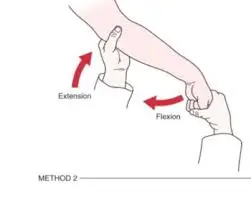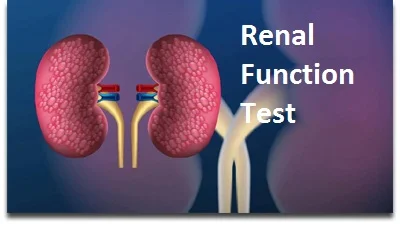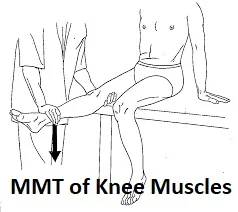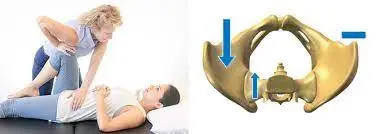Mill’s Test
Mill’s Test is an important examination test that helps to diagnose Tennis Elbow( lateral epicondylitis) if a patient has Elbow pain on the lateral side.
Table of Contents
Objective of Mill’s Test
- This test is used to diagnose Lateral Epicondylitis, also known as “Tennis Elbow,” in the elbow.
Clinical Presentation
- A 1% to 3% of the population will experience lateral epicondylitis in their lifetime, typically between the ages of 35 and 50. The clinical presentation is the same for men and women. The pain that radiates down the forearm is felt by patients at the lateral elbow. Additionally, patients frequently express difficulty lifting objects and a weaker grip. Patients typically present with point tenderness medial and distal to the lateral epicondyle upon physical examination.
Pathology
- The extensor carpi radialis brevis (ECRB) origin injury appears to have multiple histological manifestations, including hypovascular zones, eccentric and concentric tendon stresses, and a microscopic degenerative response.
- The specialized junctional tissue (intercellular adhesion molecules) at the common extensor muscle’s origin at the lateral humeral epicondyle, specifically the tendinous origin of the
- Extensor Carpi Radialis Brevis (ECRB), is where the majority of lesions occur. In 35% of cases, the ECRL’s origin is also affected. The lesion is characterized by microscopic tears that extend into the periosteum of the lateral humeral epicondyle from the tendinous origin of the ECRB.
- These tears can be shallow or deep. There may be micro avulsion fractures, lymphocyte infiltration, calcification, scar tissue, and fibrinoid degeneration in some instances; Immature fibroblasts repair.
Technique of Mill’s Test
- The clinician uses one hand to palpate the patient’s lateral epicondyle while pronating the patient’s forearm, fully flexing the wrist, and extending the elbow. The patient is seated. A positive test is one in which there is pain in the area of the lateral epicondyle where the insertion is.
FAQs
The Plant’s test is a clinical test for finding tennis elbow (sidelong epicondylitis).
Taking into account the results, the Mills test has a 100% specificity, making it a reliable method for determining whether or not a person actually does not have the disease. In addition, it has a 53% sensitivity and a 50% chance of correctly identifying individuals with the disease.
Lateral epicondylalgia, Tennis Elbow Assessment, and the Mill’s Test Lateral epicondylalgia is also known as tennis elbow and describes pain caused by tendinopathic changes in the extensor carpi radialis brevis muscle as a result of repetitive strain, usually from manual labor or racket sports like tennis.
According to Mill’s rule of agreement, C is the cause of the effect if, in all instances where an effect occurs, there is a single prior factor C that is shared by all those instances.
As an expression of the idea that the right to self-determination is not unlimited, Mill wrote the “harm principle.” An act that causes harm to another person is not only wrong, but it is also wrong enough that the state can take action to stop the harm.
The following is the standard reading of Mill’s test for higher-quality pleasures: Only if the majority of people who have experienced both pleasures always prefer the first to the second, regardless of their respective quantities, is one pleasure superior to the other.







